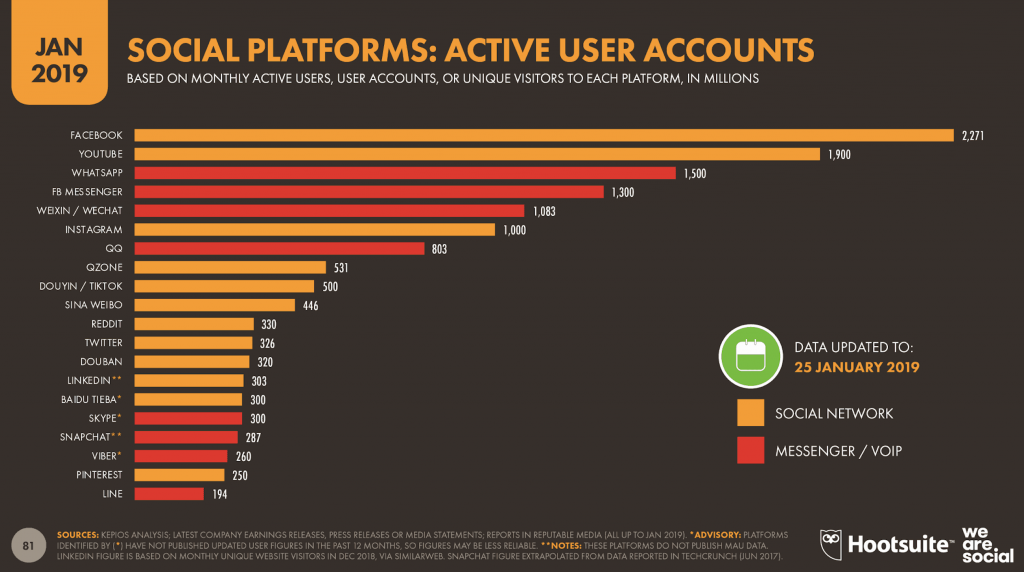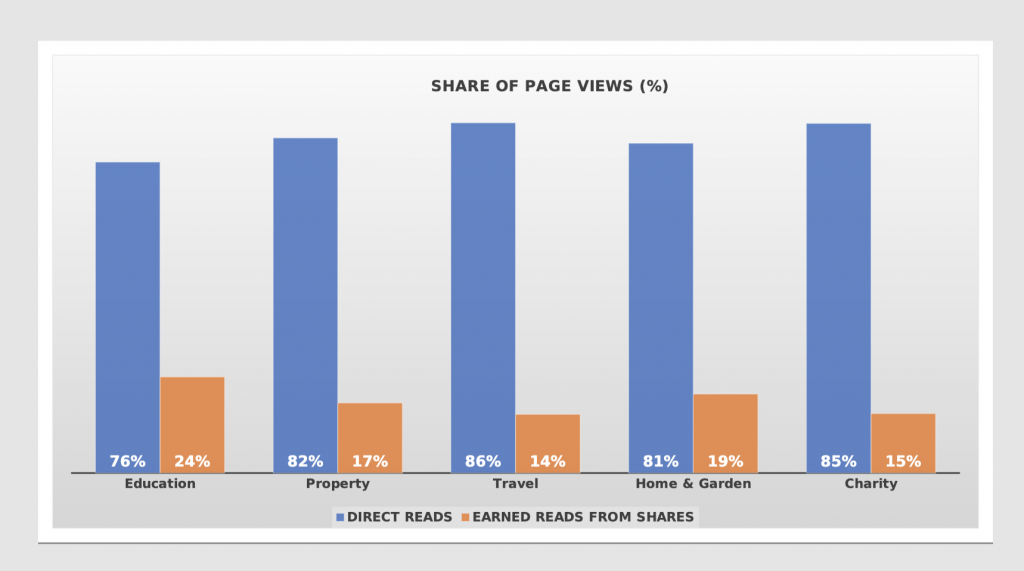Real influencers aren’t the ones on the sun loungers - they’re your friends and family, writes TAN Media's James Murphy
It’s been a rough year for influencers. From ‘working’ holiday trips in the peak of the pandemic, to using filters to boost the results of beauty products, it’s fair to say the general public’s view of those who ‘insta’ for a living is probably at an all-time low.
Pre-COVID, YouGov and Grey London found 96% of people do not trust influencers, as what started as a once noble profession, spiralled out of control. Has this stopped brands working with influencers? Nope. Not when the majority of millennials admit to having been influenced by a social media content creator, and that despite mistrust in social media platforms, 25% of us say we are using them more.
Are all influencers the same?
So, what counts as an influencer? Well, the dictionary definition is quite simply “a person or thing that influences another.” In marketing terms, we expand this to include the idea that this person has the ability to boost their audience’s purchase intent of a particular product or service through content. But are all influencers someone we haven’t met, or someone being paid by a brand to promote their wares? Quite simply, no. There are more credible unpaid influencers right under your nose…
It’s often said that the very best form of advertising is word of mouth, but is that an analogue proposition in a digital age? Not quite – according to Nielsen, 92% percent of worldwide consumers say they trust earned media, such as word-of-mouth or recommendations from friends and family, above all other forms of advertising. But the word-of-mouth recommendation has to start somewhere – so if the recommender hasn’t themselves used the product or service; how do they recommend?
So, what if the information came from the brand and the message was delivered by word-of-mouth? Well, that’s what we’ve been measuring digitally for the past six years – we look at how many people have read brand content in our premium publisher environments in two ways: article page reads where the user has come through a sponsored headline unit, and reads from those who have arrived by way of a shared link.
Growth of messaging apps
Facebook bought WhatsApp for $19 billion in 2014 as they viewed it as a major rival with explosive growth – they were right. In the UK, around 80% of 18-44s use the platform – it has 50% more users than Instagram. You might not think of them as direct competitors, but they both do the same thing, share content – it’s just one is in private, and one is in public.

Which brings us back to our analysis of sharing across our network. Six years ago, the majority of sharing we saw was public – on Facebook and Twitter (via the sharing buttons on articles), now it’s private – sending the URL via WhatsApp, iMessage, email. On many campaigns, we’ll see hundreds of additional reads registered this way – essentially word-of-mouth delivery from your family or friends, and we all know the power of a personal recommendation.
We run across every vertical from B2B to Travel, but I wanted to look at some of the best performing campaigns we’ve seen recently over a selection of categories.

As you can see, one clearing campaign for a university achieved almost a quarter of its page views via sharing – the content focused on what university was going to look like in September 2020, so answered many prospective students’ questions in an uncertain time. Other verticals that performed well were property (How to buy an apartment in London for under 400k), and Home & Garden (How to get a fantastic lawn in time for summer). So, what’s the recipe for success?
What makes content shareable?
The value exchange: either lots of insightful details about a product or service I think you’ll be interested in, or brand content that provides useful tips and tricks to help the user
Trust and authority: A university writing about how to complete your UCAS application, a housing developer explaining how 'Help to Buy' works, a haircare brand with tips for keeping your lockdown locks perfect. There must be synergy between the brand and the content
Well-structured content: 75%+ of traffic is mobile and it’s likely that your content will be shared on mobile, so think short punchy paragraphs, bullets, bold and sub-headlines that help navigate the user through the content
So next time the discussion turns to influencers, consider the value of engaging brand content in credible publisher environments. Get it right and it could well have the additional impact of being sent by the ultimate influencers – friends and family!
Posted on: Wednesday 23 June 2021